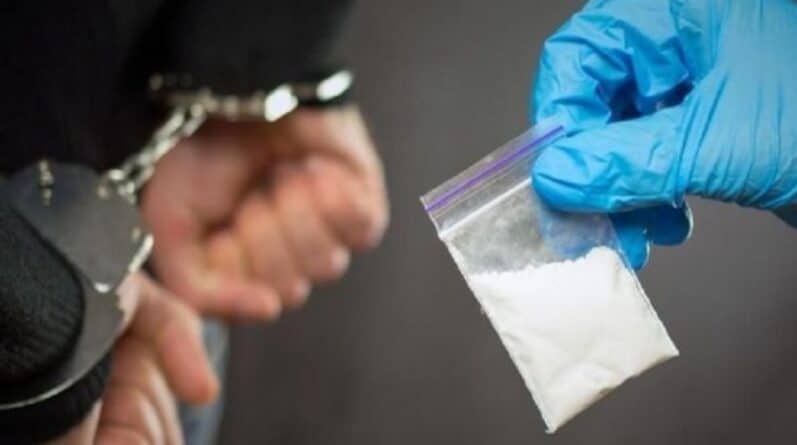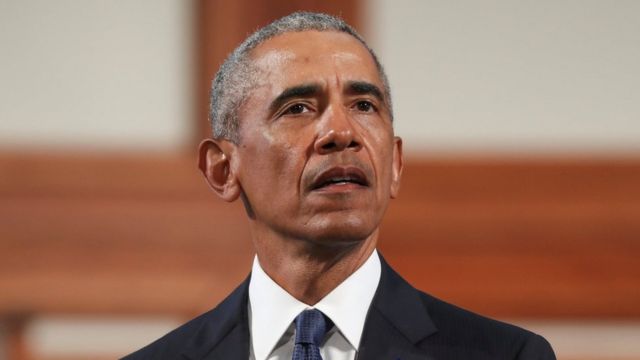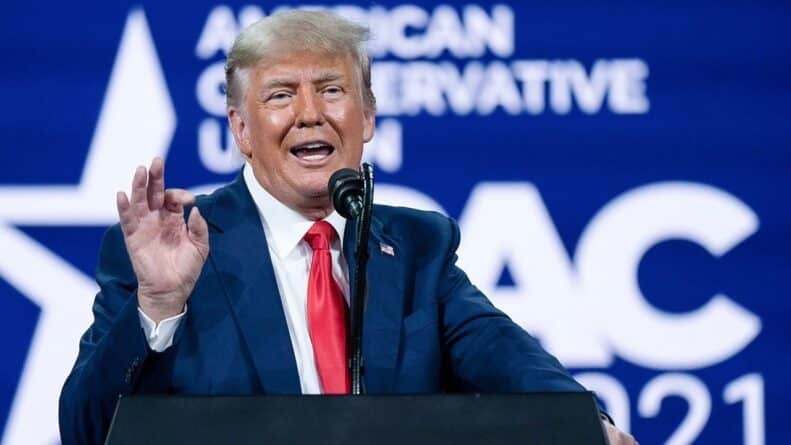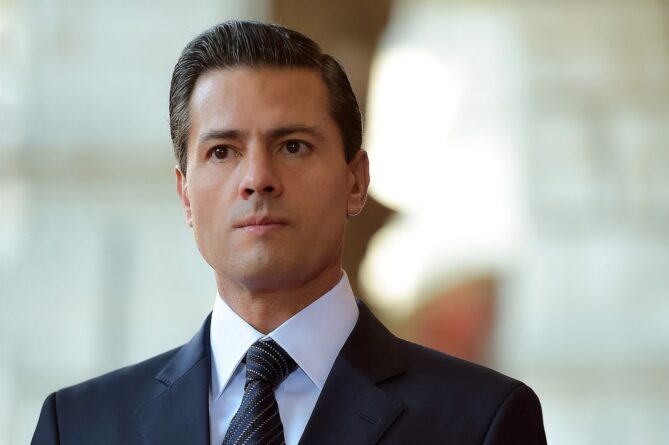
The United States of America and Mexico for half a century side by side fighting against illegal drug trafficking. The US government is funding the Mexican administration to fight drug cartels. In addition, the United States secured its borders with Mexico by erecting protective and defensive structures, which caused a great resonance in society.
During all the years of bilateral confrontation in counteracting the spread of drugs, the proper positive result has not been achieved. The fact is that the drug trade in Mexico has been flourishing since the formation of this state and in our time has reached colossal proportions. At the same time, the United States has a very large percentage of citizens who use drugs and are involved in their trafficking.
Calderon's anti-drug policy 
In 2006, becoming President of Mexico, Felipe Calderon unleashed a fierce fight against drug cartels in his country. His measures were not crowned with great success, drug trafficking still goes through Mexico to the United States. As a result of this struggle, a large number of Mexican citizens from the authorities, ordinary citizens and drug dealers died.
Nevertheless, thanks to this struggle, several drug cartel leaders were killed and arrested. In 2012, one of the main leaders in the drug production and distribution market, Heriberto Lazcano, was eliminated.
As a result of their own efforts and interaction with US counter-narcotics structures, 25 drug lords were arrested. At the same time, no significant progress was observed in the fight against drug trafficking. Mexico continues to be the main drug supplier to the United States of America.
The Mérida Initiative
Barack Obama initiated a program to support Mexico in the fight against drugs. The program was called the Mérida Initiative or Plan Mexico. The basis of this program was the creation of funds for the purchase of military equipment and military training of soldiers sent to combat drug trafficking.

The US Congress was counting on the creation of an anti-corruption program, in he allocated 2.5 billion dollars for its support. The implementation of this program included the following aspects:
- The need to check all police and justice officials for links to drug cartels.
• Establish a system of courts in the Mexican states dealing with drug cases.
• Establishment of operational teams that train police personnel at the state and municipal level.
• Intergovernmental exchange of intelligence data on drug cartels and drug trafficking. reform, human rights and supreme law was spent 73.5 billion dollars. However, due to too high demand for drugs in the United States, the project did not give the desired results.The Coronado Project
Almost simultaneously with Merida, the Coronado project was launched, pursuing the same goals. This project resulted in 1,200 arrests, the seizure of a large amount of drugs and the destruction of a well-known Mexican drug cartel called La Familia.
In the fight against drugs, the United States has mainly acted as a financial source, although certain actions with their sides were also held. So, in 2006, George W. Bush signed a decree on the construction of a barrier on the border with Mexico to prevent drug trafficking and migration from the Mexican side.
The current fight against drug trafficking

In 2017, Donald Trump signed a decree on the protection of the state border. Under this legislative act, the construction of the wall continued. At the same time, in Mexico itself, after the policy of Felipe Calderon was replaced by the security policy of Enrique Peña Nieto, the priority was to reduce the level of violence. The system of combating direct confrontation with drug cartels has been cancelled. As a result, the homicide and crime rate has decreased.
Not so long ago, the governments of the United States and Mexico signed a bilateral agreement to combat illegal trafficking in weapons and drugs. This program is relatively new compared to previous ones. It is based on the fight against drug trafficking and the sources of its financing. It also provides for strengthening control at maritime borders. The partnership between the two countries has focused on the implementation of reforms in the police and judicial systems. It gave impetus to economic development and emphasized social programs.
Necessary measures to combat the spread of drugs
To effectively combat drug trafficking from Mexico, the United States must take into account the difference in state laws. In some states, the situation with drugs and restrictions on them can be very different from others. For example, in some states, marijuana is legalized for medicinal purposes, and in another part of them it is prohibited, its possession and use is punishable by law. Accordingly, in those states where the drug is legal, the sale of this drug will flourish. All drug trafficking will be directed to these states.

In this regard, the strengthening of the borders between Mexico and the United States, the tightening of migration policy, and detentions will not lead to the desired results. The business of drug cartels is carried out not only by land, but also by underground, air and water routes. In addition, United States citizens are a large number of drug dealers and traffickers from Mexico.
Conclusion
From this perspective, it is clear that there is a need for new regulations and agreements between Mexico and the United States of America to fight against drug cartels and drug trafficking.
Given the implementation of Felipe Calderon and Enrique Peña Nieto's programs to combat drug cartels and drug trafficking, it can be assumed that for more successful progress in this area, it is necessary to develop new programs and regulations in both countries.
In addition to tightening laws to punish drug trafficking, action must be taken to combat drug addiction. It is necessary to create a legal and regulatory framework that facilitates assistance to those segments of the population who are most susceptible to linking their lives with drug trafficking.